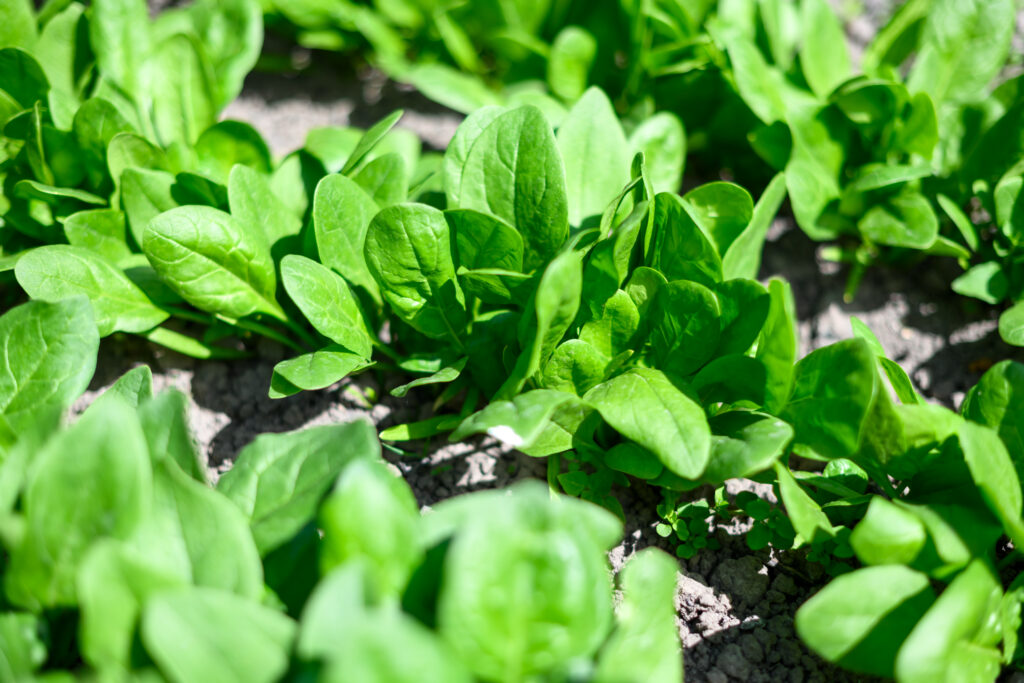Summary of Morphological and Physiological Responses Induced by Protein Hydrolysate-Based Biostimulant and Nitrogen Rates in Greenhouse Spinach
Biostimulant Effects on Spinach Growth: Enhancing Yield and Nutrient Efficiency
Introduction to Biostimulant Effects on Spinach Growth
Biostimulant effects on spinach growth are increasingly recognized for improving both yield and nutritional quality, even under limited nitrogen fertilization. Plant-derived protein hydrolysates (PHs) act as biostimulants, stimulating physiological responses in leaves and roots that enhance nutrient uptake and assimilation.
Foliar Application of Protein Hydrolysates Boosts Spinach Performance
In this study, greenhouse baby spinach (Spinacia oleracea L.) received foliar applications of a legume-derived PH at 0 or 4 mL L−1 under four nitrogen (N) levels (0, 15, 30, or 45 kg ha−1). The biostimulant effects on spinach growth were evident: at low N levels (0 and 15 kg ha−1), PH-treated plants produced 33.3% and 24.9% more fresh yield compared to untreated controls.
Nutritional and Physiological Responses to Biostimulant Treatment
PHs contain amino acids and small peptides that function as signaling molecules, triggering auxin- and gibberellin-like activities. These biostimulant effects on spinach growth increase nutrient accumulation (P, Ca, Mg), enhance photosynthetic efficiency, and improve the SPAD index. Moreover, total amino acid content rose significantly at 0, 15, and 30 kg ha−1 N, highlighting the biostimulant’s role in metabolic enhancement. Interestingly, polyphenol content decreased with PH application, suggesting a trade-off between growth stimulation and secondary metabolite accumulation.
Sustainable Benefits of Biostimulant Use
Overall, biostimulant effects on spinach growth provide a sustainable strategy to boost yield, improve nitrogen use efficiency, and mitigate soil fertility limitations under low-input conditions. Foliar PH applications represent a practical approach for optimizing spinach performance in nutrient-limited environments.
Publication: Agronomy









